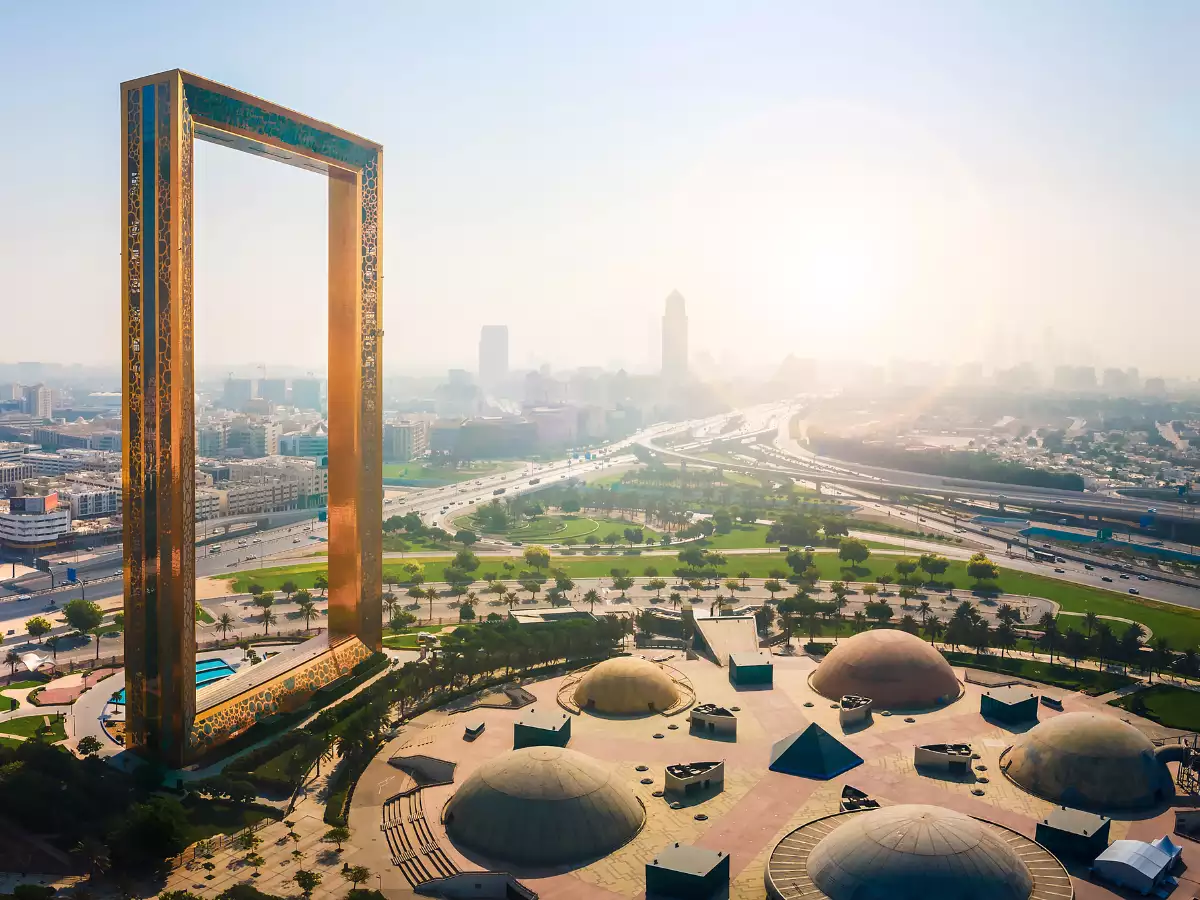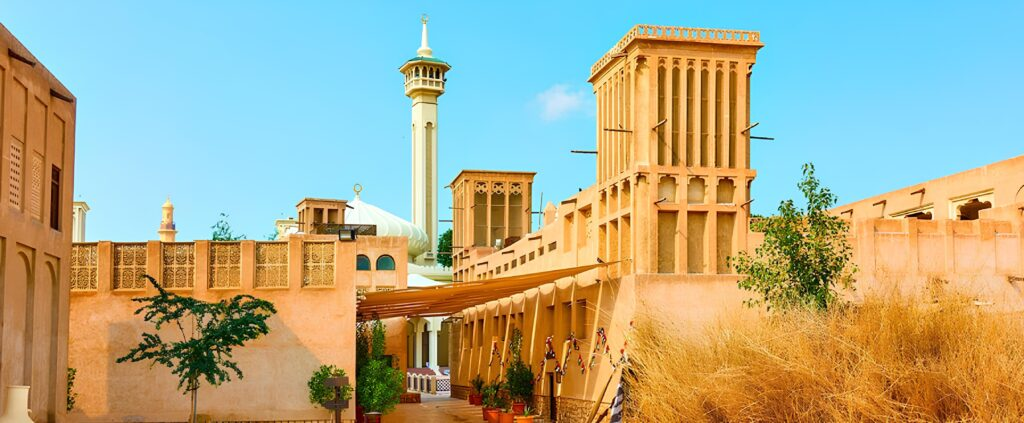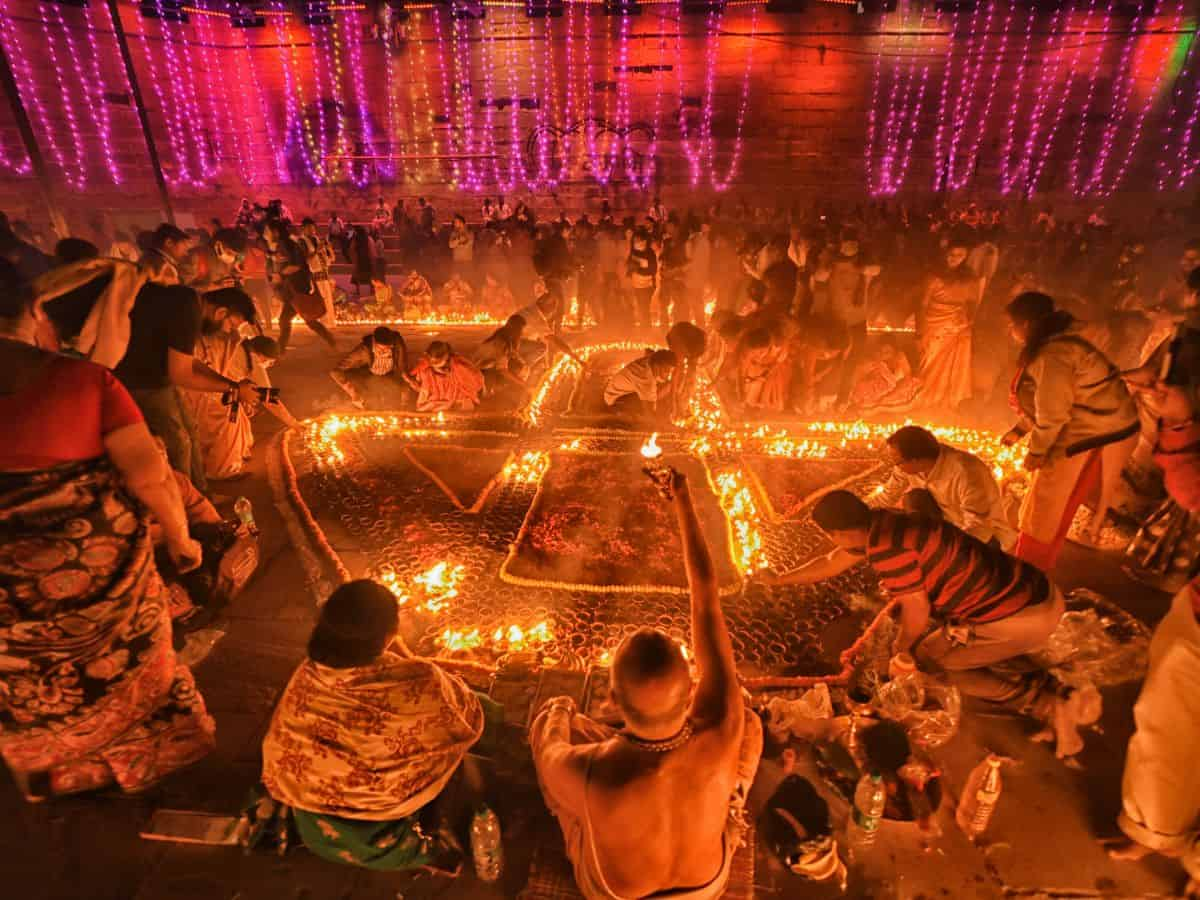Now Reading: Discover Hidden Dubai: Why Al Bastakiya is a Must-Visit Gem 2025!
-
01
Discover Hidden Dubai: Why Al Bastakiya is a Must-Visit Gem 2025!
Discover Hidden Dubai: Why Al Bastakiya is a Must-Visit Gem 2025!

Table of Contents
When people think of Dubai, they imagine tall skyscrapers, luxury shopping malls, and glittering cars. But hidden in the heart of this modern city is a quiet, charming place called Al Bastakiya, also known as the Al Fahidi Historical District. This small yet culturally rich area offers visitors a rare chance to walk back in time and see how Dubai once was
The Story Behind Al Bastakiya

Al Bastakiya is one of the oldest residential areas in Dubai. Built in the late 19th century, it was named after the Iranian town of Bastak, where many of the area’s first settlers came from. These traders moved to Dubai to take advantage of the city’s growing importance as a trading port.
This district became a home for wealthy Persian merchants who traded in textiles and pearls. The architecture here is very special and different from the tall glass buildings seen today. Wind towers (Barjeel), narrow lanes, and sand-colored buildings show the smart design methods that helped residents stay cool in the hot desert climate—long before air conditioners were invented.
A Beautiful Mix of History and Culture
Walking around Al Bastakiya feels like entering a different world. The peaceful, winding streets lead you to cozy courtyards, beautiful wooden doors, and hidden art galleries. The district offers many things to see and do:
1. Al Fahidi Fort and Dubai Museum
Located nearby, this fort is the oldest building in Dubai, built in 1787. It now houses the Dubai Museum, where you can learn about the history of the city, from its early days as a fishing village to the modern business hub it is today.
2. Sheikh Mohammed Centre for Cultural Understanding (SMCCU)
This center offers cultural tours, traditional Emirati meals, and open discussions about the UAE’s culture, religion, and lifestyle. Their motto, “Open Doors. Open Minds”, reflects their mission to bridge the gap between cultures.
3. Coffee Museum
A hidden treasure in Al Bastakiya is the Coffee Museum, where you can learn about the history of coffee, see old brewing tools, and enjoy a delicious cup made in the traditional way.
4. Art Galleries and Craft Shops
Al Bastakiya is home to several art galleries, including the popular Majlis Gallery and XVA Art Hotel & Gallery, which showcase the work of local and international artists. You can also buy handmade souvenirs, pottery, and jewelry at the small craft shops in the district.
Why Al Bastakiya is Important for Dubai
In the 1980s, much of old Dubai was being torn down to make space for modern buildings. Al Bastakiya was also marked for demolition. But thanks to efforts by local citizens and British architect Rayner Otter, who lived there at the time, the district was saved. Today, it stands as a symbol of Dubai’s rich heritage and offers a reminder of its roots.
Many tourists and locals visit Al Bastakiya to experience Dubai’s past. The peaceful atmosphere, away from the city’s hustle and bustle, gives visitors a unique way to understand how life used to be in this region. The government has made strong efforts to preserve the area and promote it as an important cultural site.
Al Bastakiya in the Modern Age
Even though Al Bastakiya is old, it is not forgotten. Modern technology has been blended into the district to offer the best experience for tourists. There are QR codes near some buildings that allow visitors to learn about the history through their phones. Free walking tours are also organized regularly.
In addition, art festivals, cultural events, and photography exhibitions often take place in this area, making Al Bastakiya a lively and happening place throughout the year.
Tips for Visiting Al Bastakiya

If you are planning to visit Al Bastakiya, here are some tips to make your trip enjoyable:
- Best time to visit: The early morning or late afternoon when the weather is cooler.
- Entry fee: Free entry to the district, but some museums may charge small fees.
- What to wear: Modest, comfortable clothing and good walking shoes.
- How to reach: Easily accessible by taxi or metro (closest station: Al Fahidi Metro Station).
Final Thoughts
Al Bastakiya is not just another tourist spot. It is the heart and soul of Dubai—a quiet reminder of the city’s humble beginnings before the skyscrapers and shopping malls. Whether you are a history lover, a culture explorer, or simply someone looking for beautiful photo opportunities, Al Bastakiya has something special to offer.
Next time you visit Dubai, make sure you don’t miss this gem from the past. After all, to understand the city’s present and future, you must first walk through its rich and fascinating history.
Read More:- Shobha Realty Launches Its Most Luxurious Project Yet—Full Details Inside 2025




















